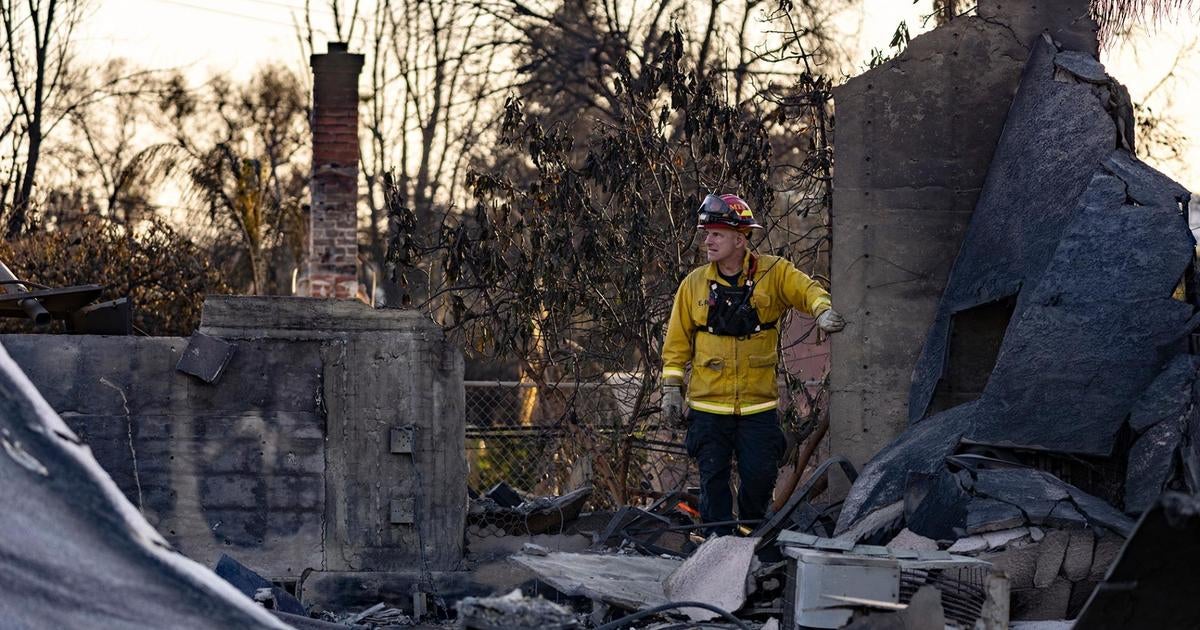How Fierce Winds Are Complicating Los Angeles Wildfire Control Efforts
As wildfires rage across Los Angeles, powerful winds are creating unprecedented challenges for containment teams. The convergence of dry conditions and intense gusts has made it increasingly difficult for firefighters to manage these blazes. Understanding how these fierce winds impact fire control efforts is crucial for both immediate response and long-term fire management strategies in the region.
The Nature of Wildfires in Los Angeles
Los Angeles is no stranger to wildfires. The region’s Mediterranean climate, characterized by hot, dry summers and mild, wet winters, creates an environment ripe for fire. However, what intensifies the danger is the seasonal Santa Ana winds, which can whip through the canyons and hills, fueling wildfires and spreading flames with alarming speed.
These winds, often reaching speeds of over 60 miles per hour, not only carry embers to new locations but also create erratic fire behavior. This unpredictability complicates the efforts of fire containment teams, who rely on consistent weather patterns to strategize their responses.
Impacts of Fierce Winds on Firefighting Efforts
Fierce winds have a profound impact on wildfire control efforts in several ways:
- Rapid Spread: Winds can carry flames and embers over significant distances, leading to the rapid spread of fire across previously safe areas. This forces firefighters to divert resources and adjust strategies constantly.
- Erratic Fire Behavior: Winds can shift unexpectedly, causing fires to change direction quickly. This unpredictability makes it difficult for crews to establish safe perimeters and can put lives at risk.
- Air Quality and Smoke: Strong winds can disperse smoke, but they can also concentrate it in certain areas, leading to poor air quality. This poses health risks not only to firefighters but also to local communities.
- Equipment Challenges: High winds can damage firefighting equipment and hinder aerial support, such as air tankers and helicopters, which rely on stable weather conditions to drop water and fire retardants.
Recent Wildfire Incidents in Los Angeles
In recent months, Los Angeles has witnessed several significant wildfire incidents exacerbated by fierce winds. For instance, the Bobcat Fire, which occurred in 2020, consumed over 115,000 acres and was heavily influenced by wind conditions. The combination of extreme heat and gusty winds turned a manageable fire into a catastrophic event.
Firefighters have had to adapt their tactics in real-time, employing backburning techniques and creating firebreaks to contain the blazes. However, with winds shifting unpredictably, these strategies can sometimes backfire, leading to further spread.
Broader Implications for Fire Management
The challenges posed by fierce winds highlight the need for improved fire management strategies in Los Angeles. As climate change continues to alter weather patterns, the frequency and intensity of wildfires are expected to increase. This necessitates a reevaluation of current practices and the implementation of innovative solutions.
Investing in Technology
One potential area for improvement is the integration of technology in firefighting efforts. Advances in meteorological technology can provide real-time data on wind patterns and fire behavior, allowing for more informed decision-making. Drones equipped with thermal imaging can help identify hotspots and track fire spread, giving firefighters a crucial advantage in challenging conditions.
Community Preparedness
Additionally, community preparedness plays a vital role in wildfire management. Local residents should be educated on fire safety measures, evacuation plans, and the importance of creating defensible space around their homes. Engaging communities in fire prevention strategies can significantly reduce the risk of catastrophic losses during wildfire events.
Looking Ahead: Optimism Amid Challenges
Despite the daunting challenges posed by fierce winds, there is optimism within the firefighting community. Collaborative efforts between local, state, and federal agencies have improved resource sharing and coordination during wildfire incidents. Furthermore, ongoing research into fire behavior and climate adaptation strategies continues to enhance our understanding and response capabilities.
Moreover, as technology advances, firefighters are gaining access to more effective tools for managing wildfires. The potential for improved forecasting and monitoring systems can lead to better preparedness and more effective responses to wildfire threats.
Conclusion
Fierce winds complicating wildfire control efforts in Los Angeles serve as a stark reminder of the unpredictability of nature and the challenges faced by firefighting teams. As climate change exacerbates these conditions, it is crucial to adapt and innovate in fire management strategies. By investing in technology, enhancing community preparedness, and fostering collaboration among agencies, we can better equip ourselves to face the growing threat of wildfires. With determination and resilience, there is hope for a more secure future in fire-prone regions like Los Angeles.
See more Your Daily Weather



